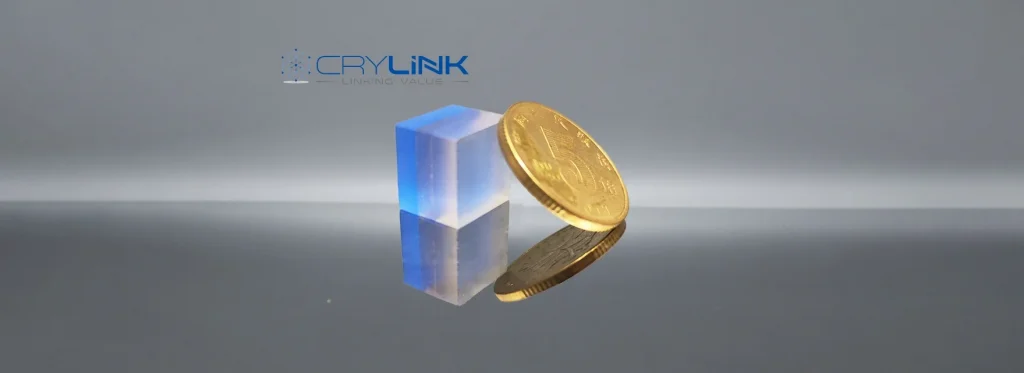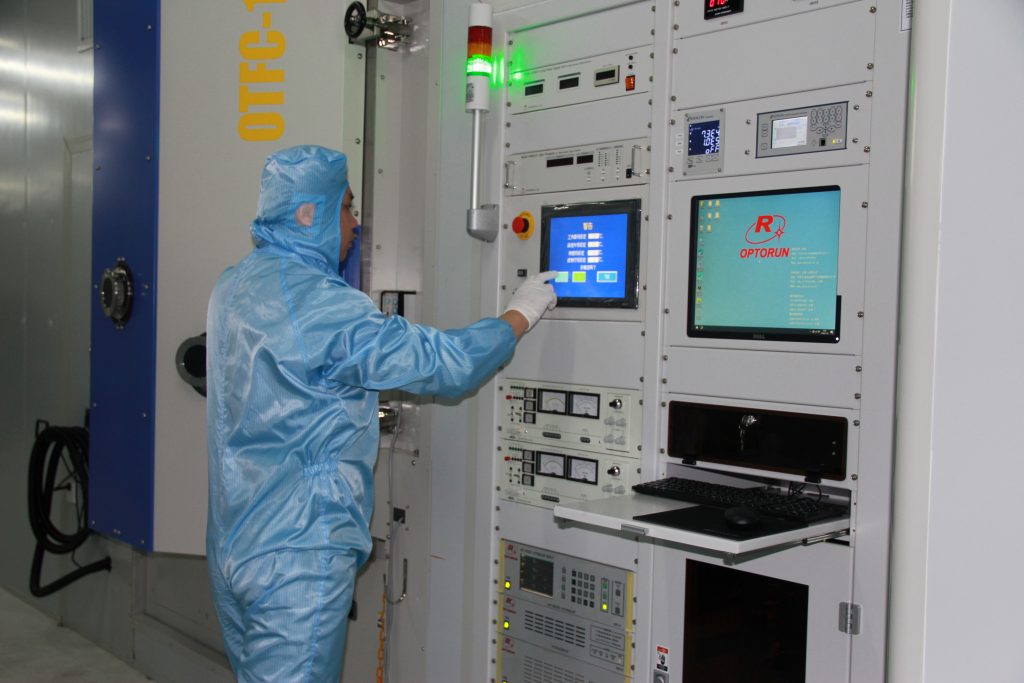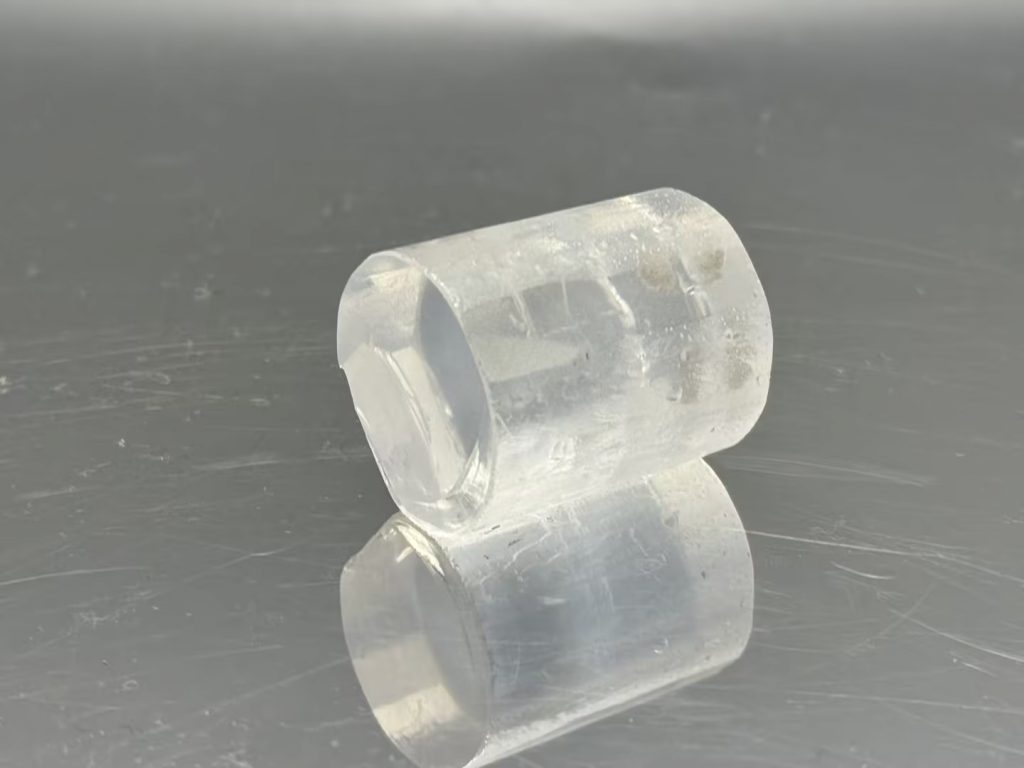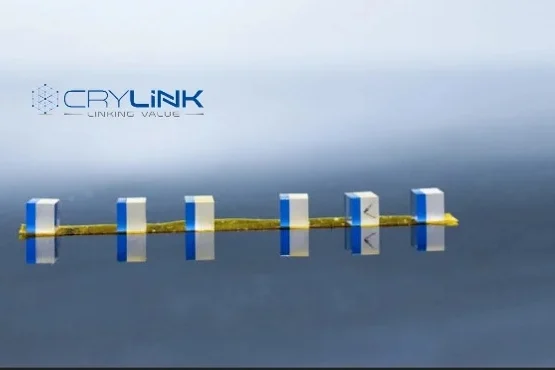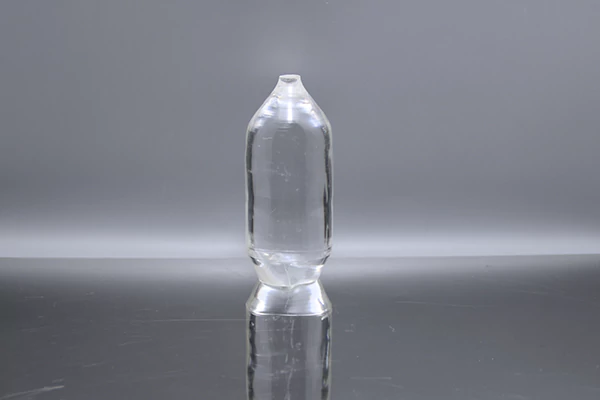From Materials to Applications: An In-Depth Comparison of Laser Glass and Laser Crystals
Introduction Laser glass and laser crystals serve as the two fundamental gain media in laser technology, each exhibiting distinct optical properties, manufacturing processes, and application domains. These materials play pivotal roles in diverse laser systems, catering to specific performance requirements. This article provides an in-depth comparative analysis of laser glass and laser crystals, examining their material characteristics, fabrication techniques, advantages and limitations, and practical applications. By exploring these aspects, we aim to offer a clearer understanding of their respective contributions to laser advancements. Comparison of Material Properties Laser Glass: Laser glass is primarily composed of phosphate or silicate glass matrices …
From Materials to Applications: An In-Depth Comparison of Laser Glass and Laser Crystals Read More »

